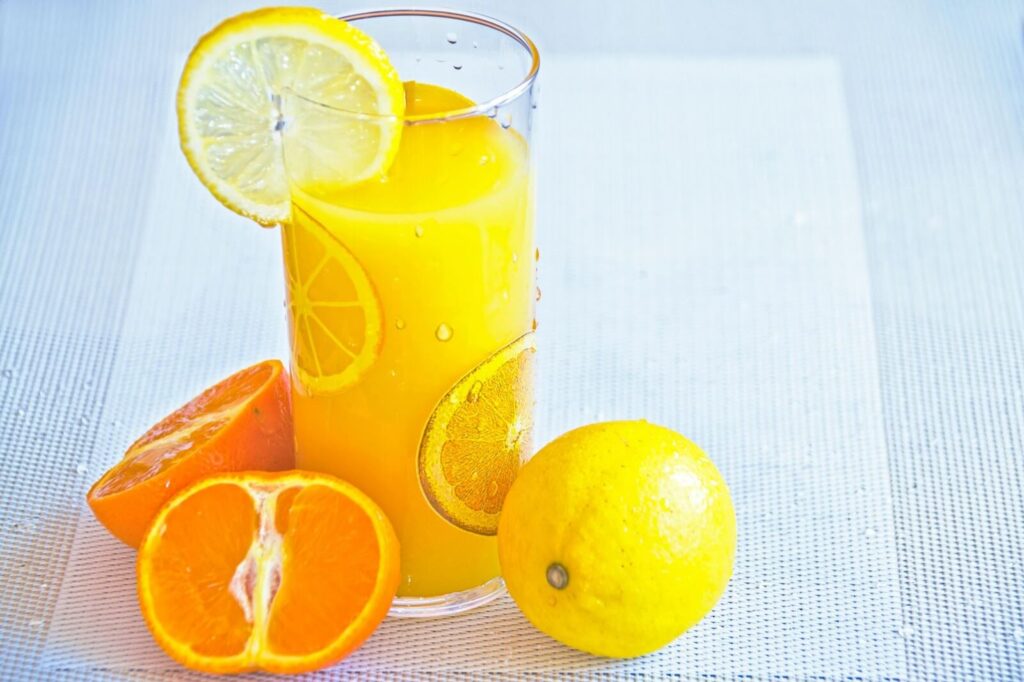Iron is an essential mineral for generating hemoglobin, a protein found in red blood cells that transports oxygen from the lungs to the body’s tissues. Iron deficiency can cause anemia, a disorder characterized by tiredness and lowered immunity.
Low iron levels, whether caused by nutrition, life phases, or health issues, must be addressed as soon as possible for optimal health and well-being.
What is Iron Deficiency?
Iron deficiency is one of the most frequent dietary deficiencies globally, and it is a major cause of anemia. This illness occurs when the body’s iron levels fall too low to create enough amounts of hemoglobin, the protein in red blood cells that transports oxygen throughout the body.
Causes of Iron Deficiency

Iron deficiency can be caused by a variety of conditions, many of which are connected, including:
- Inadequate Dietary Intake: Not ingesting enough iron-rich foods can result in insufficiency, particularly in quickly developing populations such as youngsters and pregnant women, or in those who follow a vegetarian or vegan diet that lacks enough iron sources.
- Increased Iron Needs: Pregnancy, nursing, and phases of fast development (such as childhood and adolescence) all raise the body’s iron requirements.
- Blood Loss: Heavy menstrual cycles, frequent blood donations, and gastrointestinal bleeding caused by ulcers or certain drugs such as aspirin are all major contributors of blood loss.
- Poor Iron Absorption: Certain gastrointestinal illnesses (such as Celiac disease or Crohn’s disease) and dietary choices might reduce iron absorption. Even if the diet contains adequate iron, these variables might impede the body from absorbing it properly.
Stages of Iron Deficiency
Iron deficiency occurs in phases, ranging from moderate to severe.
- Iron Depletion: Iron reserves in the bone marrow are depleted, while red blood cell synthesis remains unaffected.
- Iron-Deficient Erythropoiesis (IDE): As the disorder advances, the delivery of iron to the bone marrow decreases, reducing red blood cell formation.
- Iron Deficiency Anemia: In this last stage, hemoglobin synthesis is reduced owing to a lack of iron, affecting the amount and size of red blood cells as well as their capacity to transport oxygen efficiently.
How Do I Know If I Have a Low Iron Level?
Low iron levels, commonly known as iron deficiency, can cause a range of symptoms as the body adjusts to lower amounts of this crucial mineral. Here are some possible signs of low iron levels:
- Persistent weariness and weakness: Iron is essential for energy metabolism, and a lack of it might cause you to feel weary or weak all the time owing to a lack of oxygen in your muscles and tissues.
- Shortness of breath: When your body’s tissues require more oxygen due to iron deficiency, you may feel more breathless, particularly after vigorous activity such as climbing stairs or walking long distances.
- Pale skin and mucous membranes: Because hemoglobin is responsible for the red color of blood, low hemoglobin levels can make the skin, inner lip eyelid linings, and nails seem paler than normal. This is especially noticeable in those with lighter complexions.
- Cold hands and feet: Poor circulation owing to insufficient oxygen levels can cause chilly hands and feet, even in warm conditions.
- Brittle nails: Nails can become thin and brittle, occasionally producing ridges, which may indicate iron deficiency.
- Fast heartbeat or palpitations: Your heart may have to work harder to compensate for the body’s lower oxygen-carrying capacity, which can result in a quicker beating or palpitations.
- Strange cravings: People with iron deficiency have pica, phenomenon in which they seek bizarre, non-food substances such as ice, clay, or chalk.
- Poor focus or decreased mental performance: With a diminished oxygen supply to the brain, you may have difficulty concentrating and doing well in mental tasks.
- Restless leg syndrome: Iron deficiency has been linked to restless leg syndrome, a condition in which people feel a strong need to move their legs when at rest.
- Unexplained anxiety or sadness: Mental health problems such as anxiety, irritability, or depression may be linked to iron deficiency.
10 Ways to Increase Iron Levels Quickly

To treat low iron levels and prevent the consequences of chronic iron deficiency, here is a comprehensive list of 10 practical techniques to increase your iron intake:
Eat More Red Meat
Beef, lamb, and venison are rich in heme iron, a form of iron present in animal products that is easily absorbed by the body. Grilled steaks, stews, and roasts are excellent sources of iron.
Consume More Poultry and Fish
Chicken, turkey, and seafood, such as oysters, mussels, and tuna, all contain heme iron. Including these protein sources in your meals on a regular basis will not only diversify your diet, but will also help to improve your iron levels more quickly.
Incorporate More Beans and Lentils
These plant-based foods are high in non-heme iron. They may be used in a variety of cuisines, including salads, soups, and stews, making them a simple and straightforward way to increase your iron intake. Chickpeas, soybeans, lima beans, and kidney beans are all great options.
Include Iron-Rich Vegetables
Spinach and other leafy green vegetables are high in nonheme iron. Cruciferous vegetables, such as broccoli and bok choy, as well as peas and Brussels sprouts, contain both iron and vitamin C, which is an important combination because the latter considerably increases iron absorption.
Cook with Cast Iron Cookware
It may sound weird, but cooking in cast iron pans and pots, especially with acidic foods like tomato sauce, can significantly increase the iron content of your meal. The iron from the cookware leaches into the meal, providing an additional iron boost.
Consume Fortified Foods
Commercial food products such as cereals, breads, and plant-based milks are frequently fortified with iron and other critical vitamins and minerals. These may readily supplement your usual iron intake.
Consume Vitamin C with Meals
Vitamin C plays a vital role in iron absorption. Consuming vitamin C-rich foods alongside meals containing non-heme iron can significantly boost iron absorption. Citrus fruits, berries, kiwis, bell peppers, and tomatoes are great choices.
Consider Iron-Rich Snacks and Dried Fruits
Snacks like pumpkin seeds and cashews can give a significant amount of iron. Similarly, dried fruits such as prunes, apricots, and raisins are high in iron, making them an ideal snack to consume throughout the day.
Reduce Iron Absorption Inhibitors
Certain compounds, such as polyphenols found in coffee and tea, as well as excessive quantities of calcium in dairy products or calcium supplements, can restrict iron absorption. To guarantee that you get the most out of the iron in your diet, consume it at separate times than your iron-rich meals.
Taking Iron Supplements
In addition to dietary adjustments, iron supplements can be an effective strategy to quickly increase iron levels, particularly for people with anemia. It is crucial to:
- Choose the Right Supplement: Common forms include ferrous sulfate, ferrous gluconate, and ferrous fumarate, which contain variable levels of elemental iron.
- Follow Dosage Instructions: Too much iron might be dangerous. Keep to the specified dosage.
- Be Aware of Side Effects: Supplements might cause digestive problems such as constipation and nausea. Taking them with food may alleviate these effects, but it may also diminish their efficacy.
- Monitor Your Progress: Regular blood tests can reveal how effectively supplements are working to treat iron deficiency.
Conclusion
Recognizing and treating low iron levels is critical to sustaining energy, immunity, and general health. You may quickly improve your iron levels by eating iron-rich foods and taking supplements as needed.
Always talk with a healthcare expert to determine the best technique for your unique health requirements and to successfully track your progress.
If you enjoyed this article, you may also want to read this article on Unveiling the Power of Beet Juice: A Natural Boost for Iron Levels.
*This information is not intended to serve as a substitute for professional medical or dietary advice tailored to individual needs.




